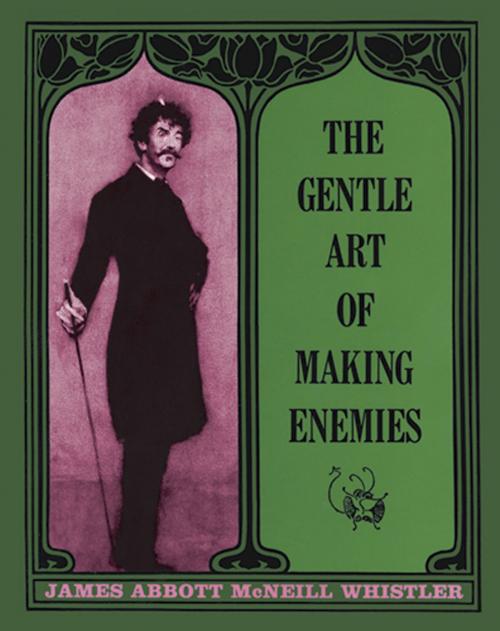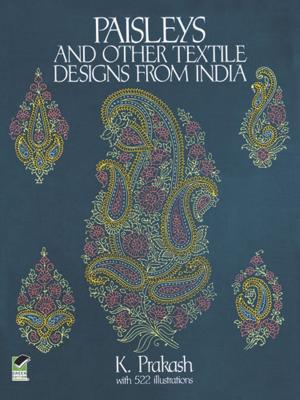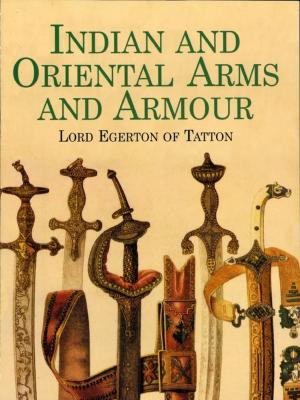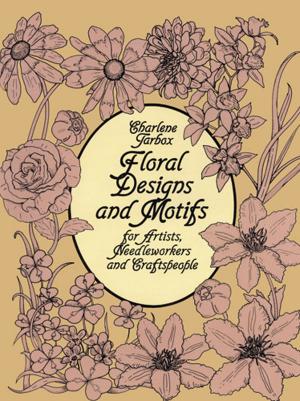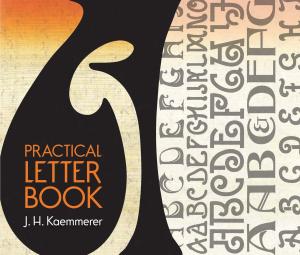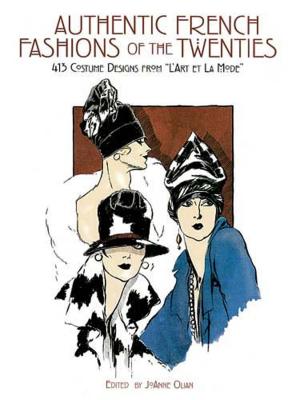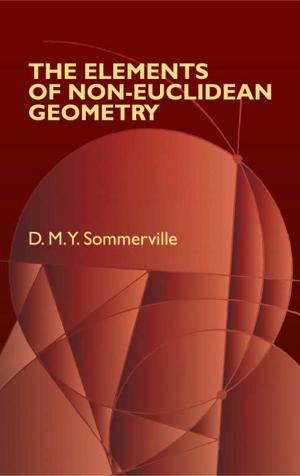The Gentle Art of Making Enemies
Nonfiction, Art & Architecture, General Art, Individual Artist, Artists, Architects & Photographers, Fiction & Literature, Literary Theory & Criticism| Author: | James M. Whistler | ISBN: | 9780486146560 |
| Publisher: | Dover Publications | Publication: | November 9, 2012 |
| Imprint: | Dover Publications | Language: | English |
| Author: | James M. Whistler |
| ISBN: | 9780486146560 |
| Publisher: | Dover Publications |
| Publication: | November 9, 2012 |
| Imprint: | Dover Publications |
| Language: | English |
Whistler's Gentle Art, a classic in the literature of insult and denigration, might well be subtitled "The Autobiography of a Hater," for it contains the deadly sarcasm and stinging remarks of one of the wittiest men of the nineteenth century. Whistler not only refused to tolerate misunderstanding by critics and the so-called art-loving public — but launched vicious counterattacks as well. His celebrated passages-at-arms with Oscar Wilde and Swinburne, the terse and penetrating "letters to the editor," his rebuttals to attacks from critics, and biting marginal notes to contemptuous comments on his paintings and hostile reviews (which are also reprinted) are all part of this record of the artist's vendettas.
Whistler's most famous battle began when critic John Ruskin saw one of the artist's "Nocturnes" exhibited in Grosvenor Gallery. "I have seen, and heard," wrote Ruskin, "much of cockney impudence before now; but never expected to hear a coxcomb ask two hundred guineas for flinging a pot of paint in the public's face." Whistler was incensed with this criticism, and initiated the famous libel case "Whistler vs. Ruskin." Extracts from the resultant trial record are among the highlights of this book, with Whistler brilliantly annihilating his Philistine critics, but winning only a farthing in damages.
The Gentle Art, designed by Whistler himself, is a highly entertaining account of personal revenges, but it is also an iconoclast's plea for a new and better attitude toward painting. As a historical document, it is the best statement of the new aesthetics versus the old guard academics, and it helped greatly in shaping the modern feeling toward art.
Whistler's Gentle Art, a classic in the literature of insult and denigration, might well be subtitled "The Autobiography of a Hater," for it contains the deadly sarcasm and stinging remarks of one of the wittiest men of the nineteenth century. Whistler not only refused to tolerate misunderstanding by critics and the so-called art-loving public — but launched vicious counterattacks as well. His celebrated passages-at-arms with Oscar Wilde and Swinburne, the terse and penetrating "letters to the editor," his rebuttals to attacks from critics, and biting marginal notes to contemptuous comments on his paintings and hostile reviews (which are also reprinted) are all part of this record of the artist's vendettas.
Whistler's most famous battle began when critic John Ruskin saw one of the artist's "Nocturnes" exhibited in Grosvenor Gallery. "I have seen, and heard," wrote Ruskin, "much of cockney impudence before now; but never expected to hear a coxcomb ask two hundred guineas for flinging a pot of paint in the public's face." Whistler was incensed with this criticism, and initiated the famous libel case "Whistler vs. Ruskin." Extracts from the resultant trial record are among the highlights of this book, with Whistler brilliantly annihilating his Philistine critics, but winning only a farthing in damages.
The Gentle Art, designed by Whistler himself, is a highly entertaining account of personal revenges, but it is also an iconoclast's plea for a new and better attitude toward painting. As a historical document, it is the best statement of the new aesthetics versus the old guard academics, and it helped greatly in shaping the modern feeling toward art.
